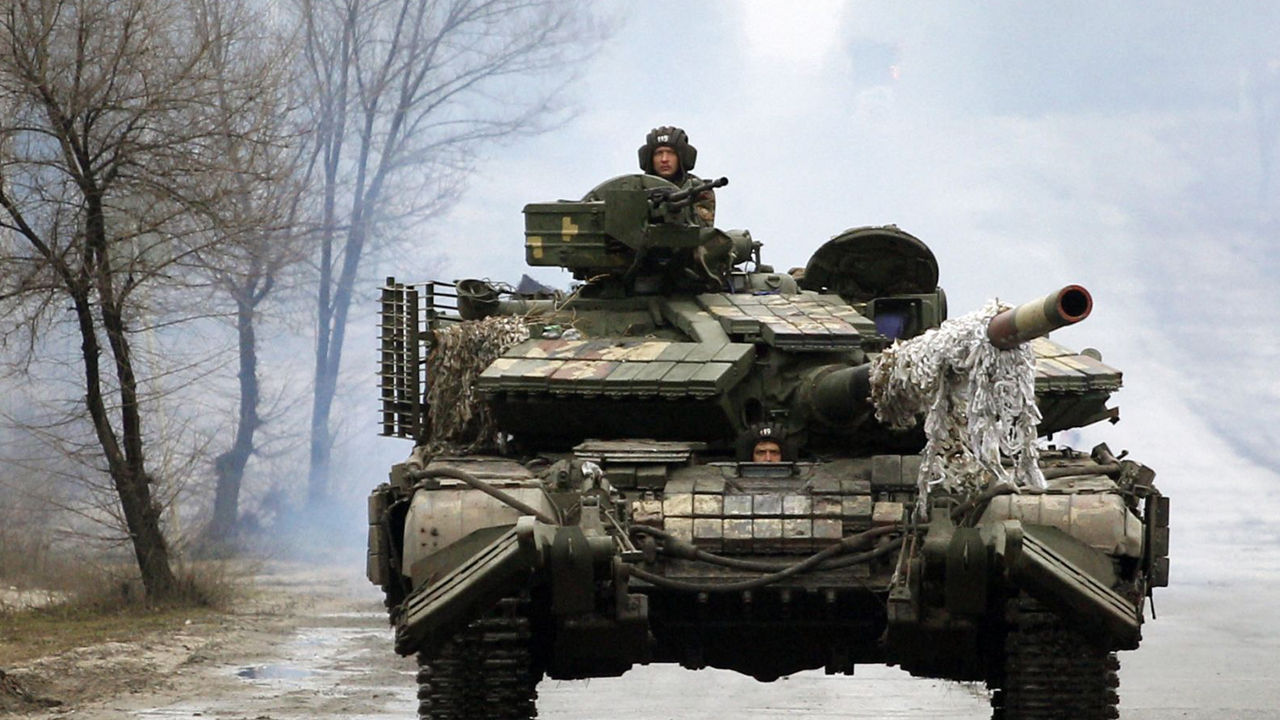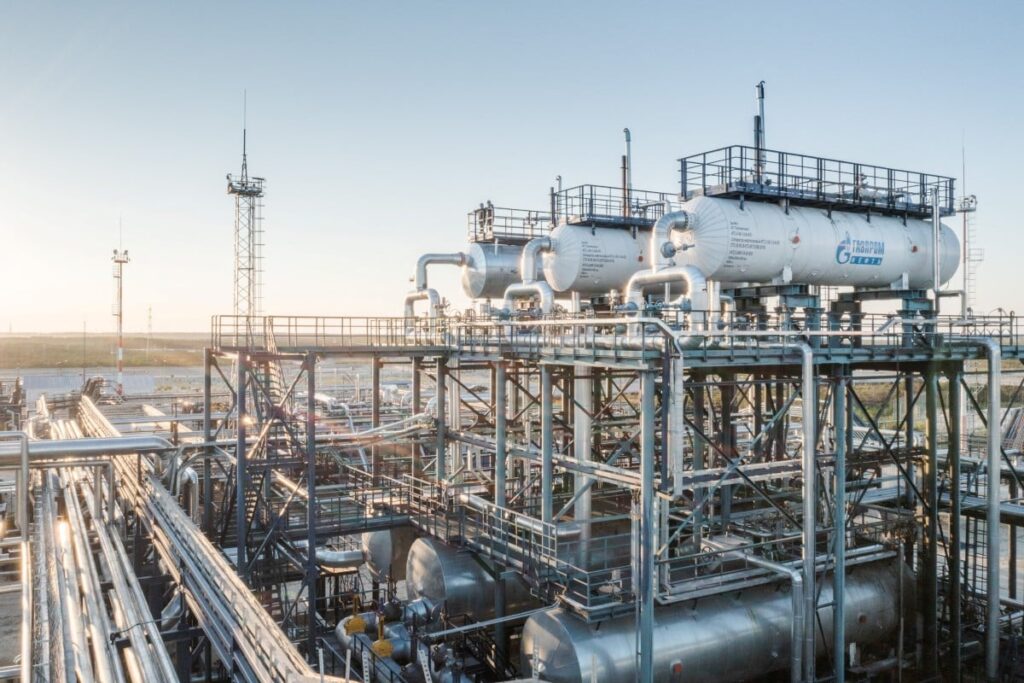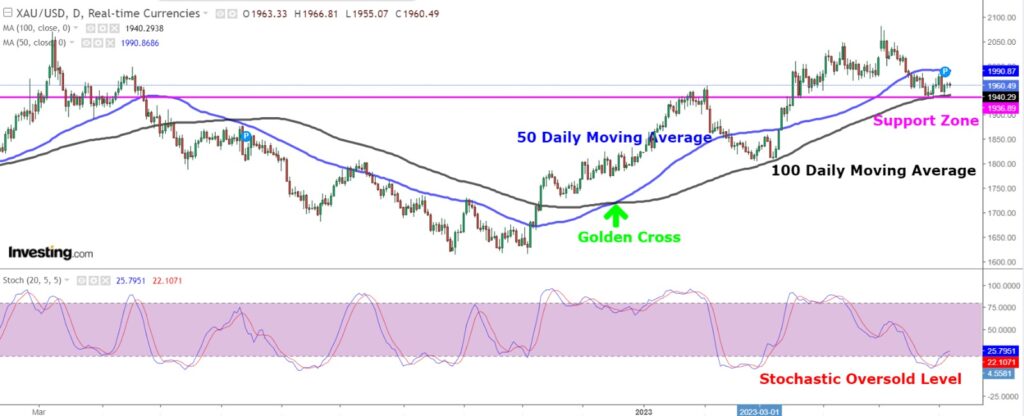
A year after the Russia-Ukraine War
11 min read
It has been over a year since Russia first invaded Ukraine in February 2022, with economic impacts rippling outside Ukraine. The Russian invasion demonstrated how fragile the pillars of safety and security actually were.
Following the pandemic, the war in Ukraine and its effects have had a significant negative impact on the economies of Germany and the European Economic Area. Yet, a year into the war, we have also witnessed how countries can adjust to the given economic climate and find a way out of the chaos that Putin has wreaked. What a difference a year makes.
Impact on markets and economies
Commodities
Russia is a key supplier of many important commodities, but after its invasion of Ukraine a year ago, supply issues weren’t quite as severe as some had anticipated.
The impact of the conflict on the commodity sector is still significant, given the size of Russia’s natural resource reserves. After a year, however, a variety of other factors have all reduced the immediate impact the war had on commodity prices, including rerouted trade flows, a lack of sanctions, China’s COVID lockdowns, and a warmer-than-expected winter.
In the days following Russia’s invasion on February 24, 2022, more than just oil prices increased. Palladium prices in the United States increased by more than 20% between just before the invasion and their peak in 2022. Russia is one of the world’s largest producers of metal. European benchmark natural gas prices roughly tripled, while Newcastle coal prices on ICE Futures Europe nearly doubled.
In the early stages of the invasion, many commodity prices spiked, but because the supply disruptions have been digested by the markets, the impact has been less than would have been expected at the outset of the war. The world is adjusting to the shortage of Russian goods.
As of February 21, the price of palladium in the US had decreased by around 35% over the previous year. The prices of wheat, copper, European benchmark natural gas, and aluminium on the London Metal Exchange have all decreased.
The impact of the war on commodity prices has been modest, but it did inspire some substantial adjustments to energy policies and the flow of commodities. Although Russia has historically been a big energy supplier to Europe, its influence in the European energy market has substantially decreased since last year as a result of the increased distance that energy from Russia must travel to reach its destinations.
The US, Europe, and its allies made exceptional efforts to ensure that grain export activities remained uninterrupted, in contrast to previous sanctions attempts, showing that food security is an issue that surpasses other security concerns.
Russia has also generally continued to produce goods. Several regions have stopped importing some Russian goods, most notably the US, continental Europe, and the United Kingdom, which stopped their purchases of Russian seaborne oil and banned imports of Russian steel. This has had an impact on supply in those areas, but countries like China, India, and Turkey are now importing the majority of commodities, which has redirected global trade flows.

Moreover, due to worries about the effects that sanctions might have on global supply chains, Russia’s materials industry has largely been spared from sanctions. Palladium-related sanctions are not in place, which speaks to the scale of Russia’s output relative to global demand and how dependent the world is on Russian supply. The sanctions haven’t had a long-term effect on supply and demand for commodities that the European Union sanctions, such as oil, coal, steel, iron, and gold, with several sizable nations still accepting Russian exports.
The global trading relationship has changed most significantly as a result of the war, and given China’s ties to Russia, it may face additional trade restrictions because of worries about Russia. Trade obstacles that restrict supply and demand options will likely lead to a more fragmented commodities market and higher costs for all consumers throughout the commodity complex.
Energy and oil
The impact of Russia’s invasion of Ukraine and the sanctions enacted in retaliation by the US, the European Union, and their allies in Asia has been absorbed, particularly by the oil market, over the last twelve months. As old markets in Europe have been backfilled with crude and goods from the Middle East and Asia, Russia’s crude and fuel exports have been shifted to South and East Asia.
The US and EU have imposed broad sanctions against Russian exports, including related banking and shipping services, but notable exceptions and a lax enforcement strategy have weakened them. Additionally, the use of diesel and other middle distillates has decreased due to a global slowdown in industrial and freight activities, which has eased the implementation of sanctions while preventing any actual shortages.
After being adjusted for core inflation, benchmark oil prices have fallen by approximately 40% from their post-invasion high on March 8 last year.
Oil prices have drifted since late November in a narrow range following the initial shock of the war, with spot prices, calendar spreads, and volatility all moving in the direction of long-term averages.
After inflation, Brent’s front-month futures contract closed below $83 per barrel on March 8, 2023, in the 43rd percentile for all months since 2000. Front-month prices have dropped from an inflation-adjusted post-invasion high of $134, 76th percentile, a year ago, when traders were worried about Russian exports.
On March 8, Brent’s six-month calendar spread closed in backwardation at $2.50 a barrel, the 75th percentile, reflecting low inventories but still down from a record high of $22 a year earlier.
Front-month contract price volatility has dropped to less than 25% (the 34th percentile) after peaking at 88%, the 98th percentile, a month after the invasion. In the physical market, dated Brent’s five-week spear is 9 cents (50th percentile) backwardated, down from $7, 99th percentile, a year ago.
Trading has reached a temporary equilibrium, with optimism for a recovery in China and low inventories limiting price floors and worries about a slowing business cycle and rising interest rates limiting price ceilings. This oil market equilibrium is expected to be weak and transient, lasting only until one or more of the risks associated with recession, inflation, and China’s post-pandemic recovery materialise or disappear.
Global petroleum inventories are substantially below the ten-year seasonal norm, and crude production and refining have minimal spare capacity. Stocks and spare capacity will disappear if the global economy and oil demand keep growing at their current rates, contributing to the next price cycle. In a worldwide recession, inventories will rise and prices and spreads will fall further.
For the time being, the oil market has restored balance less than a year after one of the most significant shocks since World War II, and that’s always good news.
Stock market banking sector
Global markets were hit hard by Russian-Ukraine hostilities. After the conflict, energy prices rose, affecting consumers and businesses with energy-intensive expenditures, especially in countries that import large amounts of Russian energy. During the pandemic, extremely stimulative fiscal and monetary measures only served to worsen inflation.

Since the invasion of Ukraine on February 24 last year, markets have partially recovered, but significant worries persist. Going ahead, inflation, economic growth, and the efficacy of monetary policy are the key factors that will drive markets. Investors may be in better positions to identify risks and possibilities this year if they have a better understanding of the year’s performance.
Global equities markets have had a turbulent year after the invasion. The conflict had significant economic and investment ramifications, including the withdrawal of some large multinational corporations from Russia and the exclusion of Russian firms from the MSCI Emerging Markets Index.
Macroeconomic concerns such as energy-price-driven inflation and rising rates, along with the political instability created by the war, resulted in equity-market declines that lasted until September 2022 for all major global markets. Emerging markets and US equities have lost the most over the last year.
Contrary to popular belief, given Europe’s proximity to the conflict, European equity markets did not fare as poorly as predicted, ending up 2% in local currency over a one-year period. The rise of the US dollar versus key European currencies reduced the MSCI Europe Index’s USD returns for international investors to 3%, but the spread of returns among European countries remained wide. Countries with a geographic proximity to the conflict zone as well as a reliance on Russian gas, particularly Hungary, Poland, and Germany, had negative returns. Although struck hard by energy-price inflation, the United Kingdom finished the year strong.
Bond markets and the central banks
The bond market reacted quickly to Russia’s incursion last February as well. Government yield curves rose, but corporate bond spreads widened. Spreads widened less in the US and more in Europe, reflecting the latter’s larger reliance on Russian energy imports. Russian sovereign debts in hard currency were priced to default, and many emerging-market bonds fell substantially as the US dollar surged.
The significant cumulative negative returns of both bonds and equities one year after the invasion are a direct challenge to the idea that bonds provide significant benefits for diversification in 60/40 equity/bond portfolios as well as in mixed portfolios that include equities and other asset classes. This co-movement of returns contrasts sharply with the connection that predominated over the previous two decades, when significant stock sell-offs tended to be accompanied by bond rallies. The credibility of central banks may be a significant factor in the co-movement of the two asset classes, according to MSCI modelling.
Central banks also decided to concentrate on fighting inflation when faced with weakening economies and rising inflation. One year later, inflation has started to slow down, with energy prices particularly low. Bond market pricing reflects the widespread perception that major central banks will be successful in achieving their policy targets of 2% inflation over the coming years. The market is more confident that central banks can successfully orchestrate a “soft landing”. From its lows in the second and third quarters of 2022, the overall bond market has largely recovered as a result.
A brief economic outlook
For Russia, uncertainty looms ahead as forecasts among organisations like the International Monetary Fund (IMF) and the World Bank contradict each other. Some analysts pointed out that Russia’s economy would suffer over time with workers leaving the country, technological access being cut off, as well as the sanctions on its extensive energy industry taking a toll. This year, Russia has managed to direct some of its oil sales beyond the markets of the European Union to China and India. But the question is, how long can this last?
Moscow’s finances are under pressure as a result of recent import restrictions imposed by Europe on Russian petroleum and oil products transported by sea. In comparison to a surplus of $5.5 billion during the same period last year, the Russian government reported a budget deficit of $34 billion for January and February on Monday. It claimed that year-over-year revenue from oil and gas had decreased by 46%.
In other parts of the world, we are witnessing the US and European economies proving themselves to be surprisingly resilient. The strength of their job markets and Europe’s swift action to limit its reliance on Russian energy supply. In fact, some pundits are confident that a global recession is unlikely to set in this year, but nonetheless, the caveat of a global slowdown is still a cause for concern if inflation persists. The IMF anticipates that world economic output, which grew 3.4% in 2022, will rise to 2.9% this year.

Despite the ongoing war in Ukraine, one year into the war, other debacles, like the recent bank crisis, have somewhat diluted the effects of the war. Markets are more concerned about the Fed’s next move due to ongoing concerns about economic growth and the banking crisis that alarmed Wall Street. The Fed appears to be showing signs of a potential end to rate hikes, but the absence of a firm conviction to do so in its last meeting does suggest uncertainty. Ultimately, the path ahead is a rather obscure one, and we can only wait for policymakers to assess incoming data and financial conditions before a final decision is made.
A Trader’s View
Gold, being a safe haven, has always been in demand in times of market uncertainties, such as war. Gold is also affected by the strength or weakness in the US dollar. On top of that, gold can act as a hedge against inflation. Gold price hit its all-time high zone this year in May at a price around 2073 and retraced to a price around 1960. With expectations that the US Federal Reserve would likely slow down the pace of rate hikes, we could expect a weakening in the US dollar, which could push up gold prices. Fundamentally, we should take note of upcoming US data like the Consumer Price Index and Federal Funds Rate, which will be held on June 13 and 15, respectively.
Let’s look at the technical aspect of Spot Gold (XAU/USD) from the chart below.

XAU/USD Daily Chart
From the above daily chart for gold (XAU/USD), it is currently trading at around 1960.49. From a technical point of view, there is a bullish bias in the gold price due to the following factors:
Stochastic indicator shows a crossover at oversold level which signals a buy preference.
Golden Cross occurs whereby the 50 Daily Moving average (50 DMA in blue) crosses the 100 Daily Moving Average (100 DMA in black) which indicates uptrend in gold price since currently both daily moving averages have yet to form a death cross. (I.e. 50 DMA crosses below 100 DMA)
Support zone formed at a price around 1936.89.
Hence, we should be expecting the gold price to go up if the current support zone at 1936.89 holds.
Zheng Xiang

















